What is Negative Pressure?
 Mary McMahon
Mary McMahon
Pressure is defined as force per unit area, and usually means the force exerted by a fluid, such as air or water on a uniform surface. As such, it is always positive, but the term "negative pressure" is often used in physics and engineering to refer to a situation in which an enclosed volume has lower pressure than its surroundings. Any compromise in the divide between this area and the more highly pressurized area around it would cause substances to flow inwards. It is useful for a number of applications, including the prevention of oil spills, quarantine of highly contagious patients, and in the household vacuum cleaner.
Pipelines
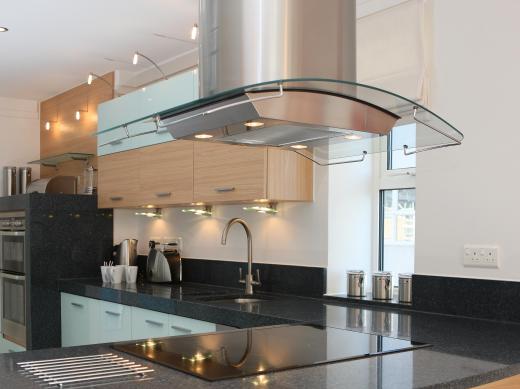
Fluids, such as oil, commonly flow through sections of pipeline where the pressure is below that of the surroundings; usually this is an intentional choice. For example, undersea pipelines used for oil and other materials are kept in a state of negative pressure so that if they rupture, seawater will flood the pipe. If the pipes were positively pressurized, their contents would explode into the ocean, potentially creating a hazardous spill. Negative pressure can also be dangerous, as is the case when municipal waterlines lose pressure, potentially sucking contaminated groundwater up into the water supply if there are any cracks in the pipe. In pipes, pressure is carefully monitored with the use of gauges, and is controlled with valves.
Medical, laboratory and Industrial Uses
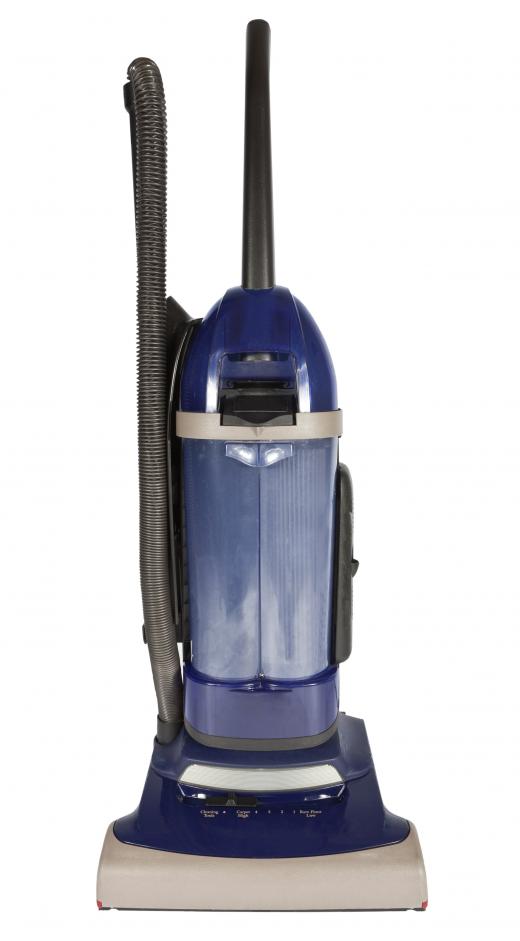
In quarantine situations, a room with negative pressure will suck air into it when doors or windows are opened. This prevents microorganisms and contaminated material from escaping through opened doors and windows, and makes it safer for medical personnel to care for the patient. Most research labs have rooms of this type for studying dangerous diseases, preceded by a series of checkpoints to ensure that only authorized individuals enter the room. Negative pressure pipelines and vent hoods are also used in laboratory situations, to vent dangerous gases and fumes away from scientists.
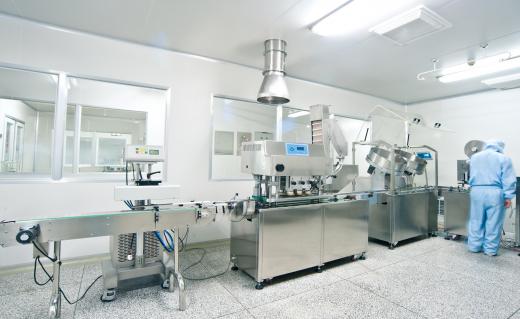
The opposite principal, maintaining an area of higher pressure than the surroundings, is also used to help control environments. Many manufacturing facilities, for example, use positively pressurized "clean rooms" for handling delicate materials such as computer chips. It is essential that these do not pick up dust particles, and the positive pressure ensures that air flows out of the area, rather than dust-laden air flowing in, when a door is opened.
Wound Therapy
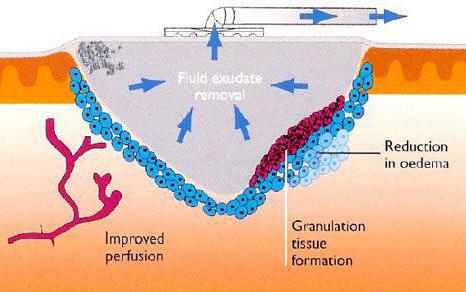
Negative pressure wound therapy is a fairly new technique, aimed at speeding up the healing of serious wounds, that has been used for post-operative care, burns, and chronic wounds. A sealed dressing is applied to the wound then a vacuum pump is attached, in order to reduce the pressure around the wound to below one atmosphere. This sucks out fluid, and possibly infected material, from the area, and increases blood flow. It is reported to be quite effective, but, it seems, is not without risks. There have been a number of reports of adverse effects, including fatalities, usually resulting from loss of blood or infection.
Vacuum Cleaners
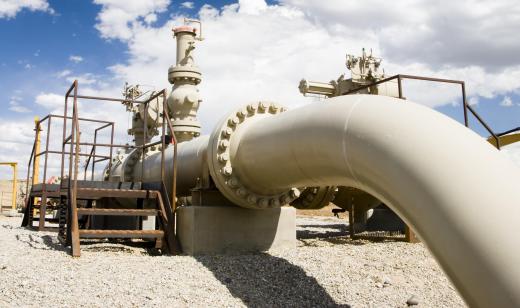
Many people use a negative pressure device on a fairly frequent basis, when they use a vacuum cleaner. When a vacuum is switched on, an area of negative pressure is formed in the bag or canister, which sucks air in as it tries to even things out. Along with the air, the vacuum picks up particulate matter, leaving the floors cleaner. The basic vacuum principle is also used in a great deal of electronics and industrial applications.
AS FEATURED ON:
AS FEATURED ON:















Discussion Comments
In a medical "negative pressure" room, the room's air generally changes at a rate of six to twelve times per hour. Carbon dioxide levels should be consistent with the air local to the room (incoming air).
The 'negative pressure' is a gauge pressure, relative to atmospheric pressure rather than absolute pressure.
Most of the examples given are low pressure, not negative.
I had vents put into three bedrooms. The vents were put by the top of the wall near the ceiling bedrooms releasing air into the hallway, with the hallway vents at the bottom of the wall. The AC vent is only two feet or less apart. I thought they were too close.
Is this how it should have been installed, or did they have to be set the other way around, inside the room by the top ceiling releasing the air on the top of the hallway. The good news is that I do feel the air coming out of the rooms which it was what it was supposed to do. I just worry it may just be sucking the air form the AC, which is located above the doors.
I don't know. But this "negative" pressure explained on this website is actually still positive when referred to absolute zero pressure. Absolute negative pressure can only be achieved to fair degree in liquids and solids.
Can you confirm whether levels of carbon dioxide in a (medical) negative pressure room would be greater than those found in an unpressurized room?
Post your comments